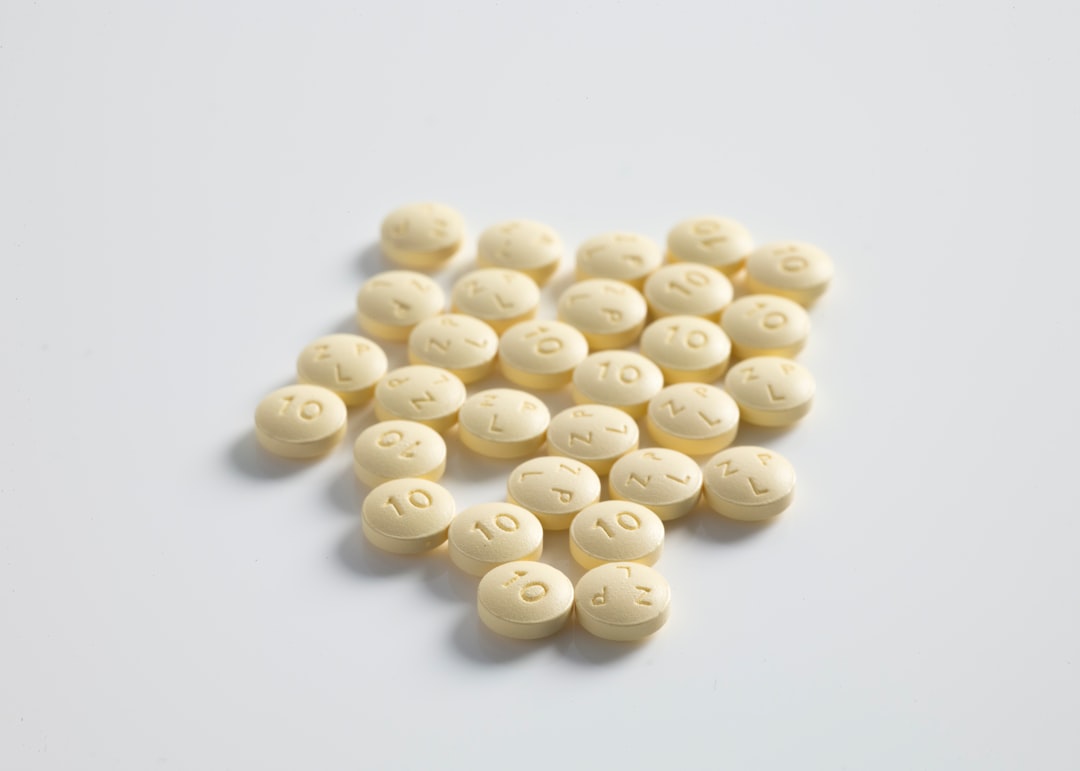What is it about?
Parecoxib is occasionally used for analgesia in postprocedural patients. The clinical efficacy of parecoxib used for endoscopic retrograde cholangiopancreatography (ERCP) is controversial. The aim of the study was to determine the clinical efficacy of preprocedure administration of parecoxib for therapeutic ERCP patients.
Featured Image
Why is it important?
There were no significant differences in sedative and analgesic agents used during the procedure, pain at 24 hours post-ERCP, endoscopist satisfaction, and complications in both groups. The total number of doses of pethidine used post-ERCP in the normal saline group was significantly higher than in the parecoxib group. Additionally, the mean pain score at 2 and 12 hours post-ERCP in the normal saline group was significantly greater than in group P. Patient satisfaction in the parecoxib group was higher than in the normal saline group.
Perspectives
Preprocedure administration of parecoxib for therapeutic ERCP patients was clinically effective. The analgesic efficacy of a standard dose of parecoxib was clearly demonstrated during the first 12 hours postprocedure. Additionally, patient satisfaction in the parecoxib group was also higher than in the control group.
Professor Somchai Amornyotin
Department of Anesthesiology, Faculty of Medicine Siriraj Hospital, Mahidol University
Read the Original
This page is a summary of: A randomized controlled trial of preprocedure administration of parecoxib for therapeutic endoscopic retrograde cholangiopancreatography, Journal of Pain Research, August 2012, Taylor & Francis,
DOI: 10.2147/jpr.s33546.
You can read the full text:
Contributors
The following have contributed to this page










